
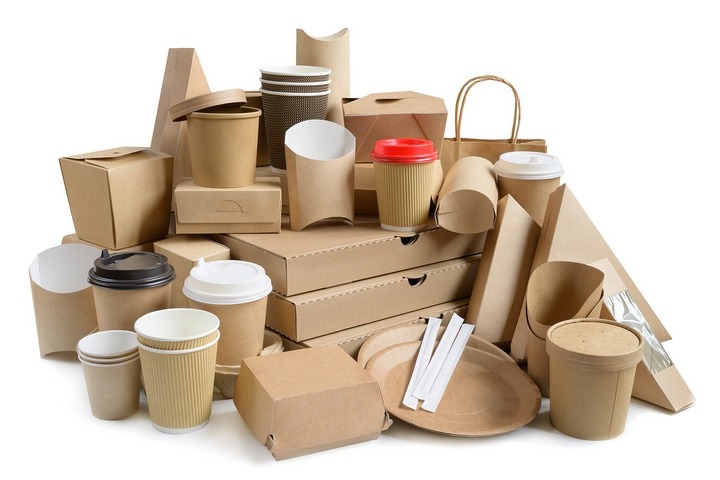
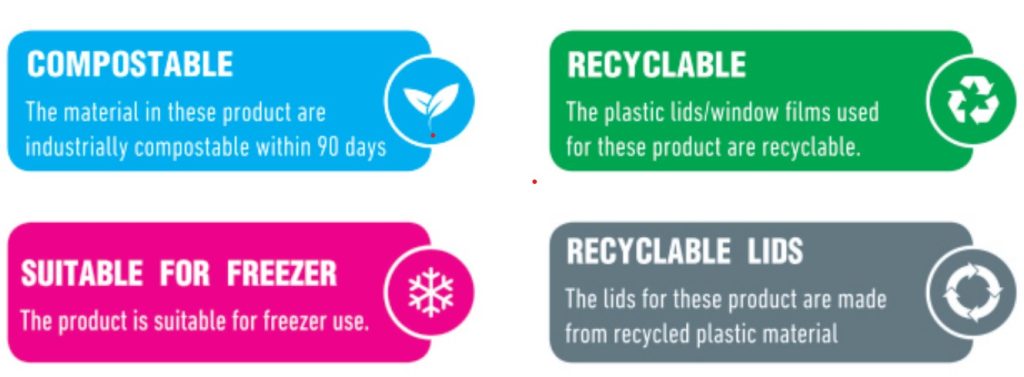
At Polypack Enterprises, we’re global specialists in packaging for food and drink, dedicated to making every consumer experience enjoyable, consistent, and safe. We understand that packaging is about so much more than just what goes around a product. It’s about building brands, protecting reputation, and opening up new opportunities in new markets. That’s why we’re on hand, around the world, working as long-term partners with our customers as they develop and grow. Polypack Enterprises has a history dating back to 2016 when it started We operate in 4 countries with over 43.00 employees globally.
Build your Future Together Polypack Enterprises
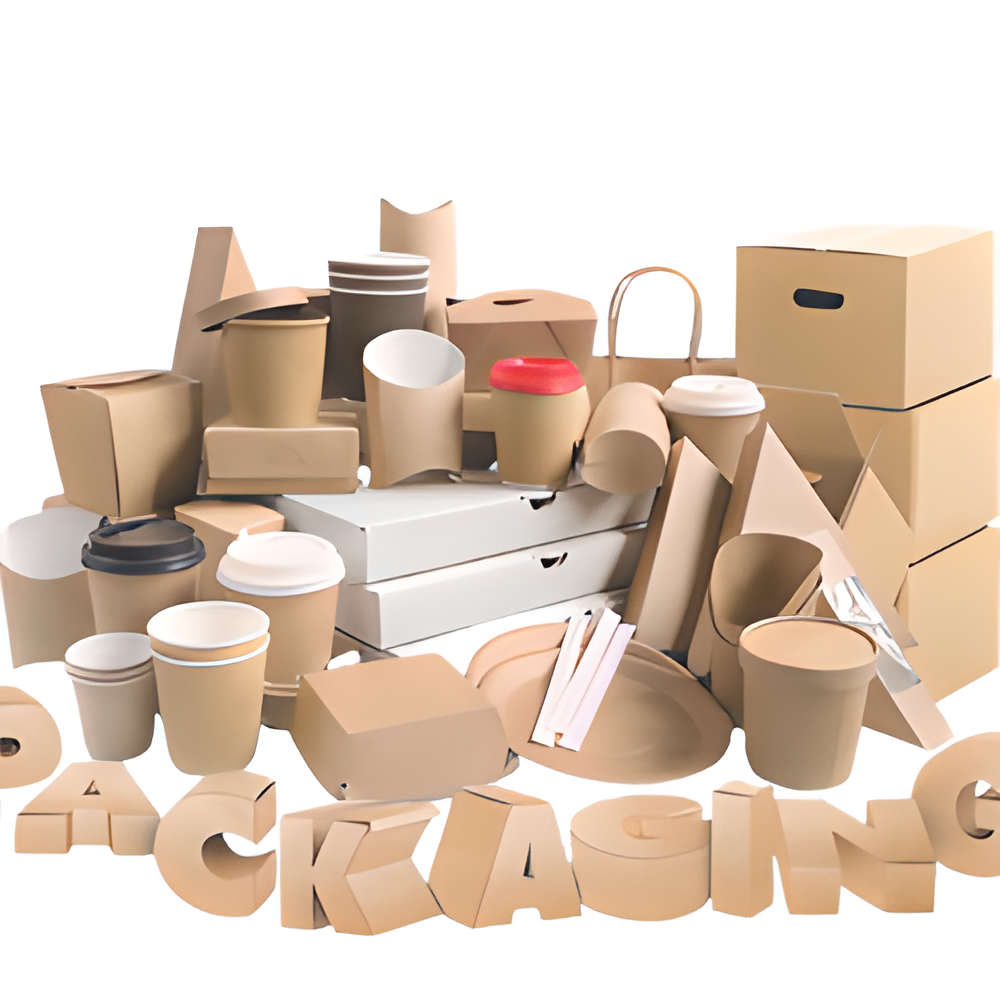
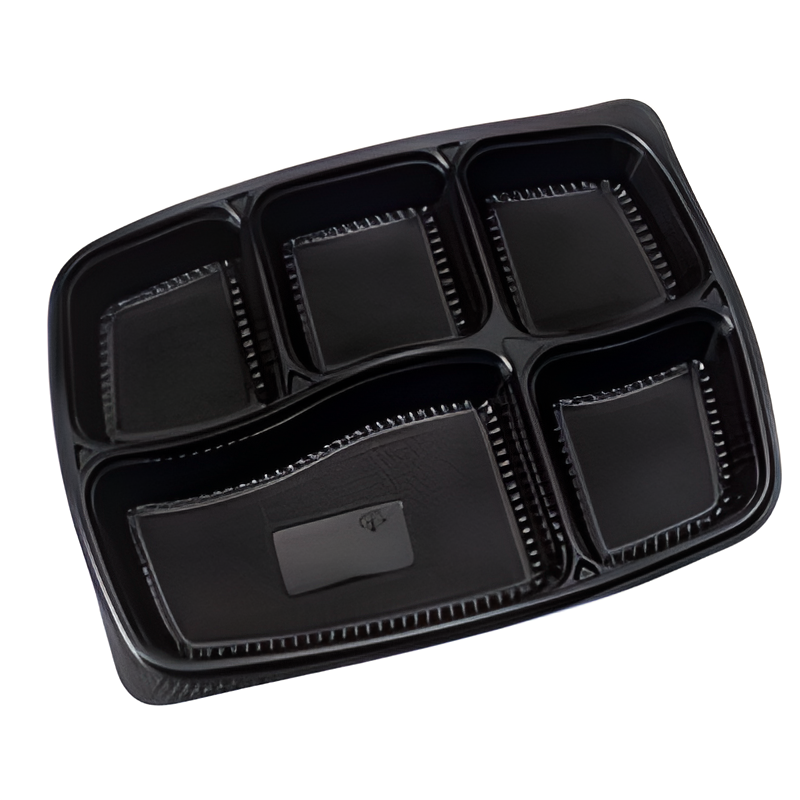
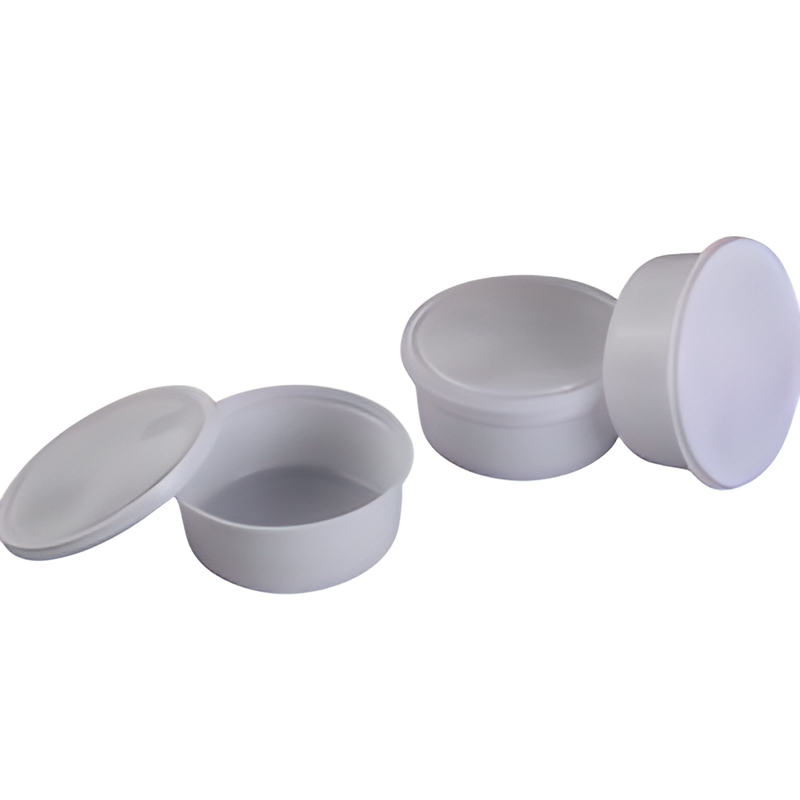



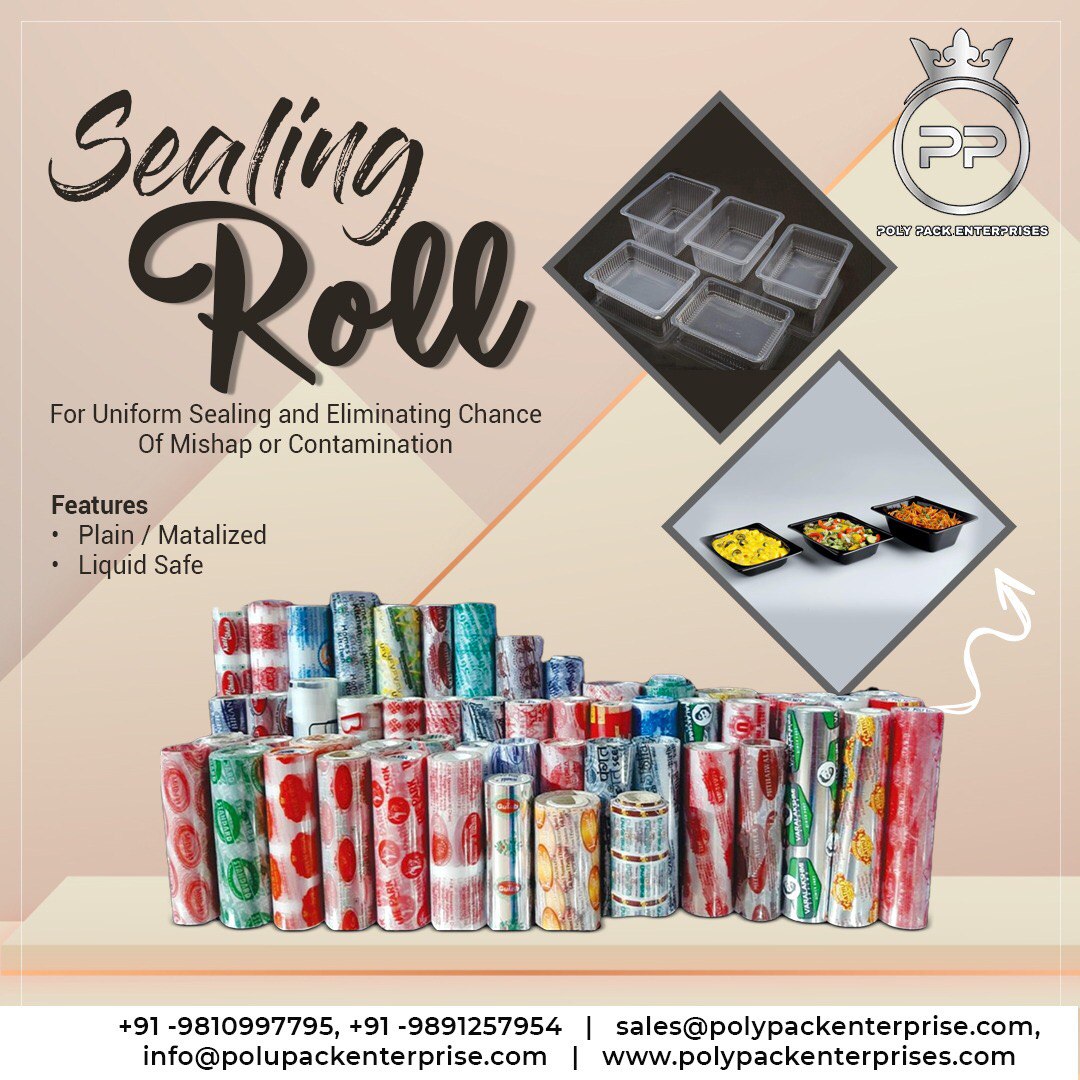
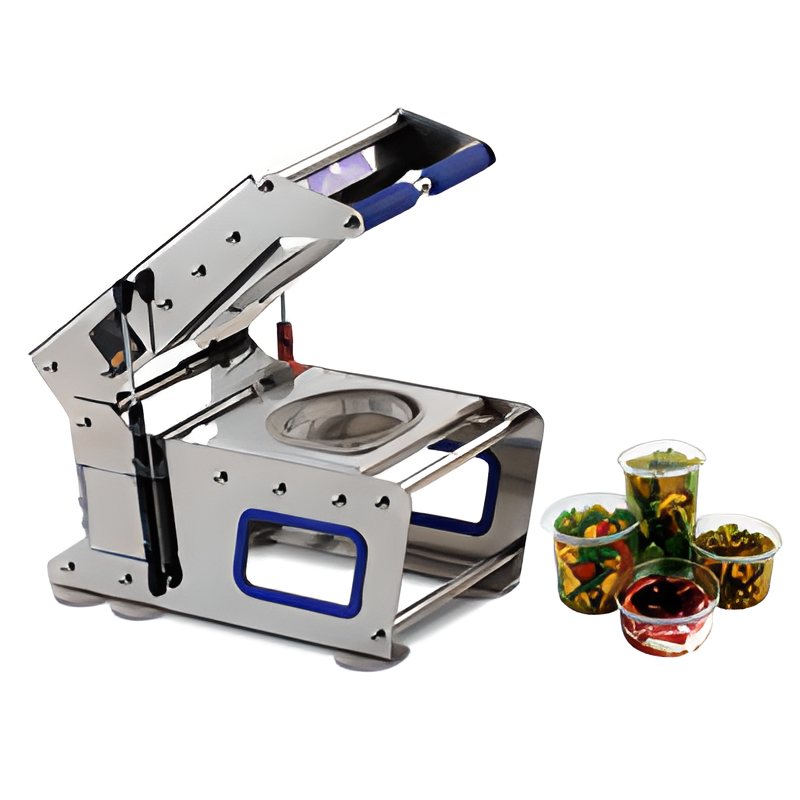
Project Completed
Happy CLient
Workers Employed
B-18/3, B Block, Jhilmil Industrial Area,(Opposite Jhilmil Metro Gate No-1) Shahdara,
New Delhi -110095, India